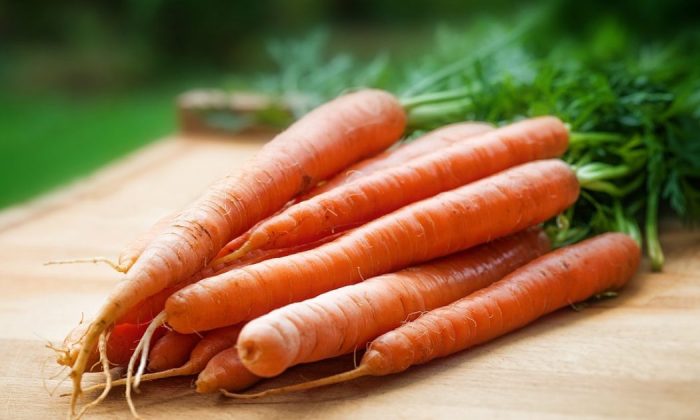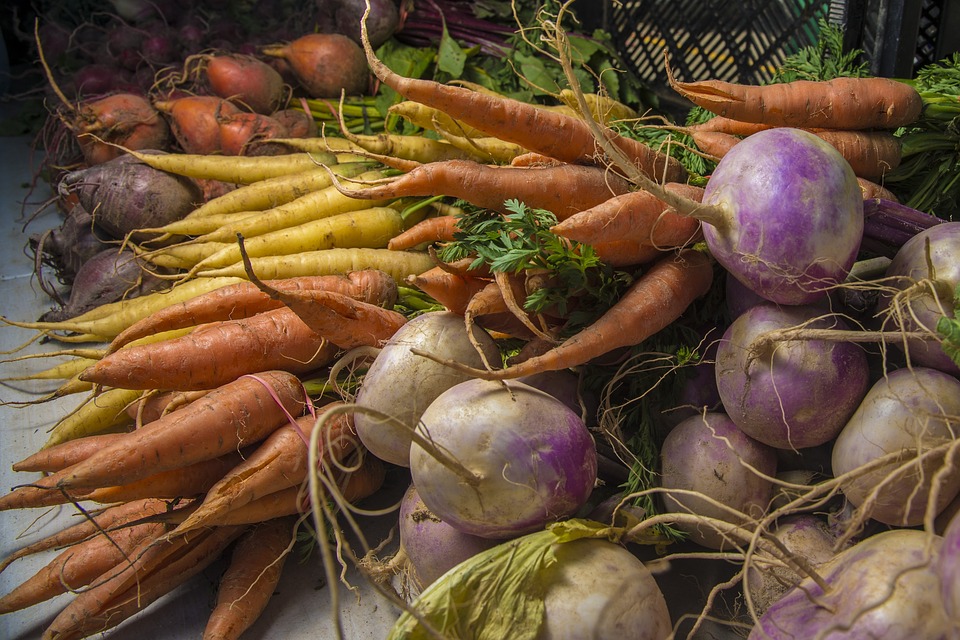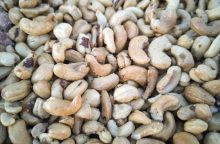How to store root vegetables properly

Fruits and vegetables taste best when fresh. Everyone knows it. But it is simply impossible to use all fruits and vegetables fresh so, the trick is to store them properly and to preserve their freshness and taste as long as possible. Root vegetables are typical crops that we grow for storage, and there many ways and tricks gardeners use. Below we shall present several basic types of root vegetables and proper storage methods.
Beets, carrots, parsley, parsnips, celery, turnips, field mustard
Before you intend to store all the above vegetables you need to cut off all leaves because if you leave them on they will drain the moisture from the stored vegetables. Clean veggies and remove all soil, but do not wash with water. Just carefully scrape off the soil and dirt, but do not damage the surface or skin. Throw away all damaged pieces or try to use them immediately (if they are not rotten of course). Never store rotten or damaged veggies.
Photo: Pixabay
Storage in a sandbox
Prepare a sandbox. Put the roots and veggies in the sandbox and make sure that all pieces are covered sufficiently with sand. Small ends may stick out a little -similarly as in the field. It is important to keep the sand properly moist, so water it a little from time to time (little bit of water only, do not overdo it). Some gardeners use dry leaves or sawdust instead of sand. You may try these materials too. All vegetables should be stored in a cool place and you should check regularly for spoilage. If you discover rotting veggies get rid of them.
Onions and garlic
Cut off the greens from onions and garlic (Let onions and garlic to dry for a few days before storage). Then expose onions and garlic to natural light for a week. After that, spread onions and garlic evenly in shallow boxes or crates (you can also hang them as people did the old days).
Sweet potatoes
Place freshly harvested sweet potatoes in a warm place and let them sit for 10 days to dry a bit. This is done to get rid of excess moisture and to prevent potatoes from catching mould. Sweet potatoes are usually stored in large boxes filled with sand. Sweet potatoes must not be exposed to freezing temperatures.
Preview photo: Pixabay

Gardening is my hobby, I have a lot of experience and I am happy to share it.









0 comments